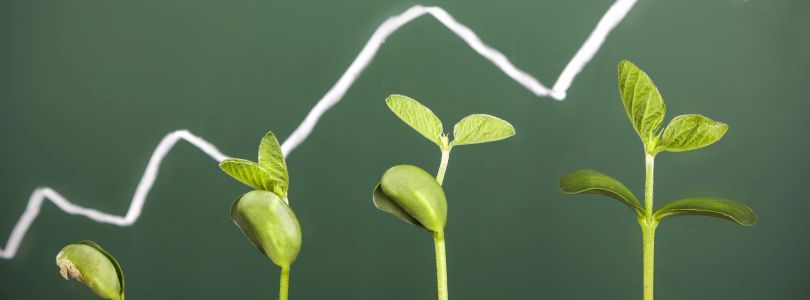Content
The road to success

How to develop an IP strategy?
Intellectual property can make up a substantial proportion of a company’s assets and provide strategic advantages on both national and international markets. Therefore, you should dedicate the same level of attention to intellectual property and its innovative capacity as to production or sales. Take the time you need to develop appropriate strategies. Incorporate your IP considerations and measures into your corporate strategy at an early stage. Sooner or later you will have to deal with this issue - regardless of how your company positions itself. Therefore, think about intellectual property in good time so as not to jeopardise your business success.
In order to develop an IP strategy, you should be able to answer the following questions:
- What do I wish to protect?
Identify the assets in the form of intellectual property that support your strategic goals. Protect only as much as necessary, but this part in the best possible way.
- Where do I need protection?
Industrial property rights are always territorial rights; they are only valid in the countries in which they have been applied for. Therefore, you should think carefully about where your current and potential research, production and sales markets are.
- What instruments of protection should I use?
Depending on what you wish to protect, you can apply for e.g. trade mark, patent, design or utility model protection. Artistic works, such as texts and music, are automatically protected by copyright. Maintaining strict secrecy might also be an option, albeit a somewhat risky one.
What is part of an IP strategy?
An IP strategy should be suitable for your company, your industry, your market environment and take into account your attitude towards risk-taking and what financial and human resources you are willing and able to deploy.
An IP strategy comprises:
- Legal measures
- Make sure that your project does not infringe any existing IP rights of third parties. You will find out by carrying out a thorough search.
- Apply for protection of your intellectual property. Only then will you have a chance to enforce your rights. Even if you do not want to challenge an infringer, you can agree, for example, on the conclusion of a license on the basis of your protected rights.
- Monitor your markets and your intellectual property rights so you can detect and prosecute infringements.
- Find out whether it makes sense to conclude confidentiality agreements with business partners or suppliers.
- Organisation measures
- Define responsibilities for the field of "intellectual property rights" within your company and decide on cooperation with external service providers.
- Allocate a budget for it.
- Establish procedures to manage your IP rights.
- Establish mechanisms to detect and deal with unauthorised copying.
- Ensure that confidential information is protected internally and externally.
- Technical measures
- If it is suitable for your products, you can integrate non-reproducible elements (referred to as "black boxes") without which your products will not work.
- You can also use anti-counterfeit markings on products or packaging. This enables you, your customers and the customs authorities to determine whether a product is genuine or fake.
Recommended read
-
 Publizieren, Patentieren und Standardisieren - Die besten Drei zur Verwertung - Vergleich der Strategie-Trias für Wissenschaft, Forschung und Entwicklung (F&E) (in German) by Professor Dr. Knut Blind, Head of the Innovation and Regulation Division of Fraunhofer ISI and Head of the Department of Innovation Economics at the Technische Universität Berlin
Publizieren, Patentieren und Standardisieren - Die besten Drei zur Verwertung - Vergleich der Strategie-Trias für Wissenschaft, Forschung und Entwicklung (F&E) (in German) by Professor Dr. Knut Blind, Head of the Innovation and Regulation Division of Fraunhofer ISI and Head of the Department of Innovation Economics at the Technische Universität Berlin -
 "Strategisches Patentmanagement - Herausforderung und Chance für kleine und mittelständische Unternehmen" (in German) by Dr Michael Kuckartz, PIZ Hamburg and Bruno Götz, PIZ Nürnberg
"Strategisches Patentmanagement - Herausforderung und Chance für kleine und mittelständische Unternehmen" (in German) by Dr Michael Kuckartz, PIZ Hamburg and Bruno Götz, PIZ Nürnberg
Picture: iStock.com/feellife
Last updated: 7 January 2025

Social Media